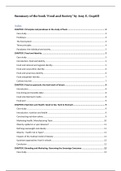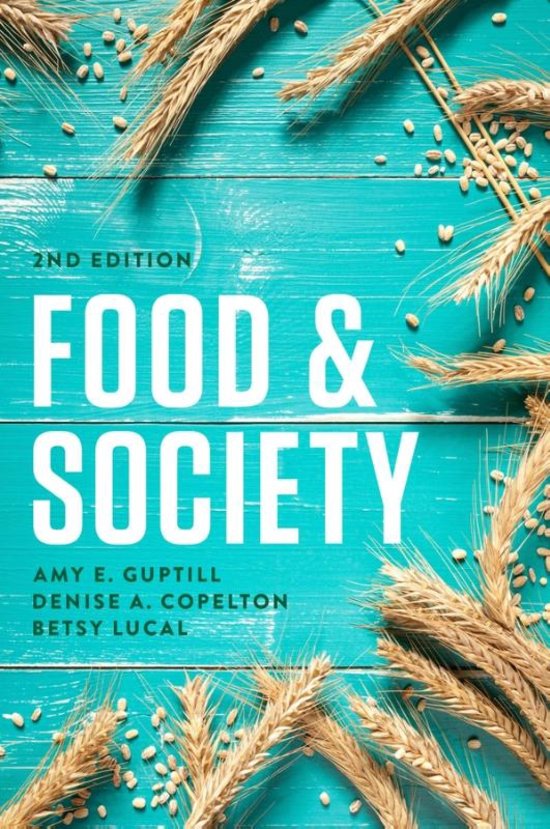Samenvatting
Summary of the book Food and Society by Amy E. Guptill
The whole book (Food and Society by Amy E. Guptill, chapter 1 - 9) is extensively summarized. This document is part of a larger document, which also includes a summary of all the articles that were exam material in 2019/2020, and of all the lectures of the course in 2019/2020 --> search for "Su...
[Meer zien]





